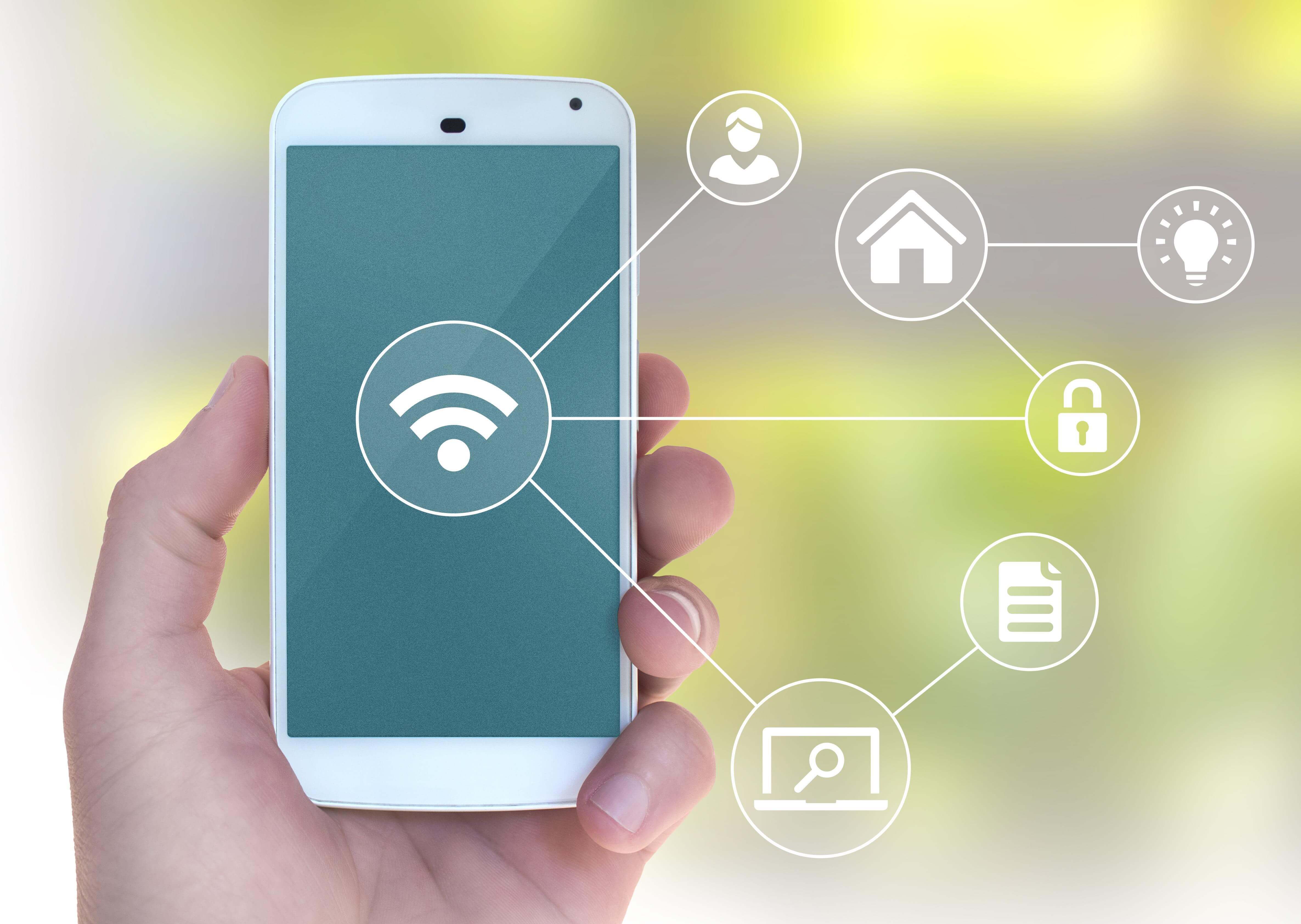
Connected homes: how technology is changing the property market The world is changing rapidly and everywhere you look there are signs of technology beginning to infiltrate new areas of our lives.
While high-tech home gadgets were once a preserve of hi-end hotels and the wealthy they are now widely available, allowing home owners and lucky tenants to control various aspects of their home living through their smart phones and tablets.
For landlords, the integration of smart technology can really help to make a property standout.
Whether through energy efficient controls, luxury audio/entertainment equipment or security related devices there are lots of options for bringing a property into the tech age and enticing tech-savvy tenants.
BroadbandAccording to recent statistics, as many as 1.
5 million people in the UK now work from home.
Remote working is on the rise in the UK and offers people the freedom and flexibility to shift their work around other duties such as childcare.
However, for many home workers a good quality internet connection is absolutely vital to making their remote working efforts a success.
Broadband speeds do vary wildly across the country with highs of 46Mbbps and lows of around 1.
30Mbbps but here in York speeds are generally good averaging around 23-25.
If you are aiming to attract self-employed or people who work from home to your vacant property then you can do much worse than investing in fibre-optic cable and Wi-Fi-boosters to ensure your tenants have a strong and stable connection to the internet.
Smart thermostatsWhere your average thermostat is controlled using a dial or a control panel, the smart thermostat allows you to use your mobile phone, laptop or tablet.
This allows tenants to reduce their energy bills while on the move.
For example, they can adjust their heating if a business meeting overruns.
What’s more, according to statistics from Barclays Bank, as many as 16% of homeowners would pay a higher price for a property with a smart thermostat.
Lighting controlsAnother popular form of home tech is that of lighting controls.
Smart light bulbs allow tenants to not only switch off their lights when they forget or turn them on at specific times to boost security, but also change lighting intensity and even shades of colour according to their wants and needs.
Smart locksA relative newcomer to the home tech market is that of smart locks.
Smart locks are similar to smart thermostats in that they allow for you to control the locking and unlocking of your home through your smart devices (mobiles, tablets, etc).
With some smart locks you can even provide a ‘digital key’ to approved people such as friends, family or care providers.
Of course there is always the risk of a tenant losing their phone, breaking it or running out of battery which is why most smart locks work alongside regular key access rather than replacing it.
Final thoughtsIt goes without saying that return on investment is the key to any changes that you make to your property.
While it would be unwise to spend lots of money on adding tech to a family home, if your target market is tech savvy professionals or self-employed people then it might be worth some further investigation.
Share on social media